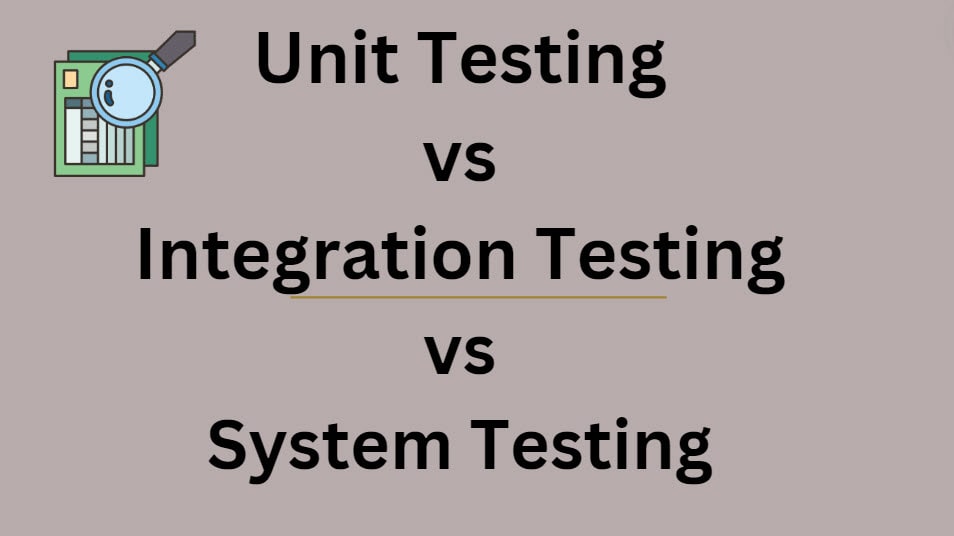Software testing is a crucial part of the development process, and it involves different levels of testing to ensure the quality and reliability of the software. Let’s compare three important types of testing: Unit Testing, Integration Testing, and System Testing.
Unit Testing
Unit testing is the most granular level of testing, focusing on individual software components or functions. It verifies that different modules or services used by your application work well individually.
Unit tests are typically
- Fast to execute
- Cheap to automate
- Performed by developers during the coding phase
Integration Testing
Integration testing is the next level up, which verifies that the interface between two software units or modules works correctly.
It aims to:
- Find interfacing issues between modules
- Test how well different parts of the system work together
- Allow individuals to combine all units within a program and test them as a group
System Testing
System testing is a form of black-box testing that assesses the complete functionality and performance of a fully integrated software system.
It aims to:
- Tests the entire application as a whole
- Verifies that the system meets specified requirements
- It is typically performed after integration testing and before acceptance testing
Key differences
| Fact | Unit Testing | Integration Testing | System Testing |
|---|---|---|---|
| Definition | Tests individual components or units of code | Tests the interaction between different modules or components | Tests the entire system as a whole |
| Scope | The smallest testable parts of an application | Multiple components or modules | Entire application |
| Performed by | Developers | QA team or developers | QA team |
| Timing | During development phase | After unit testing, before system testing | After integration testing, before acceptance testing |
| Test Type | White box testing | Typically, black box testing | Black box testing |
| Complexity | Low | Medium | High |
| Execution Speed | Fast | Moderate | Slow |
| Dependencies | Minimal | Some | All system components |
| Purpose | Verify individual component functionality | Verify the interface between modules | Verify overall system functionality and performance |
| Automation | Easily automated | Can be automated | Partially automated |
You may also like following the articles below
In conclusion, each level of testing serves a specific purpose in the software development lifecycle, and all are important for ensuring the overall quality of the software product.

My name is Madhu, and I’m a certified Test Consultant with more than 16 years of hands-on experience developing and maintaining manual and Test Automation in the Software industry. I have experience with automation tools such as Selenium, Katalon Studio, etc.
